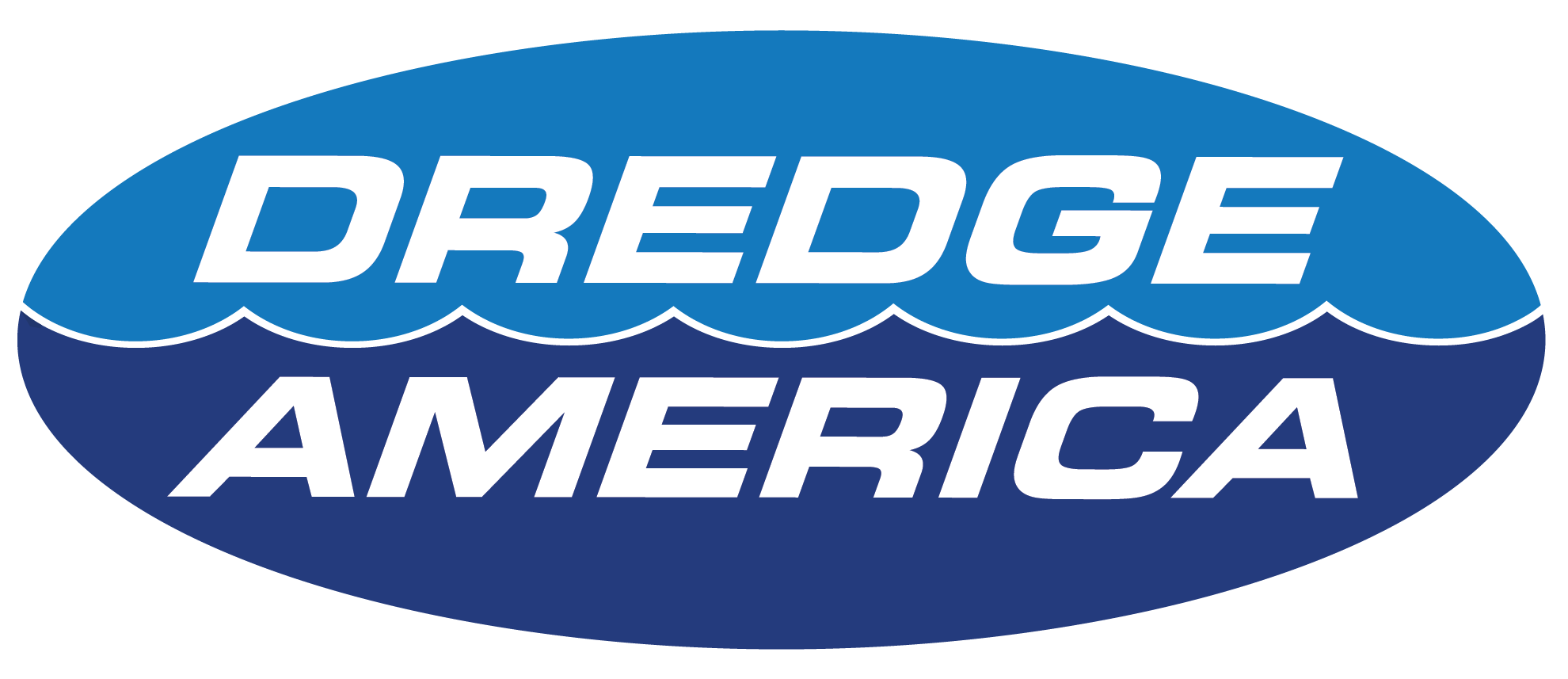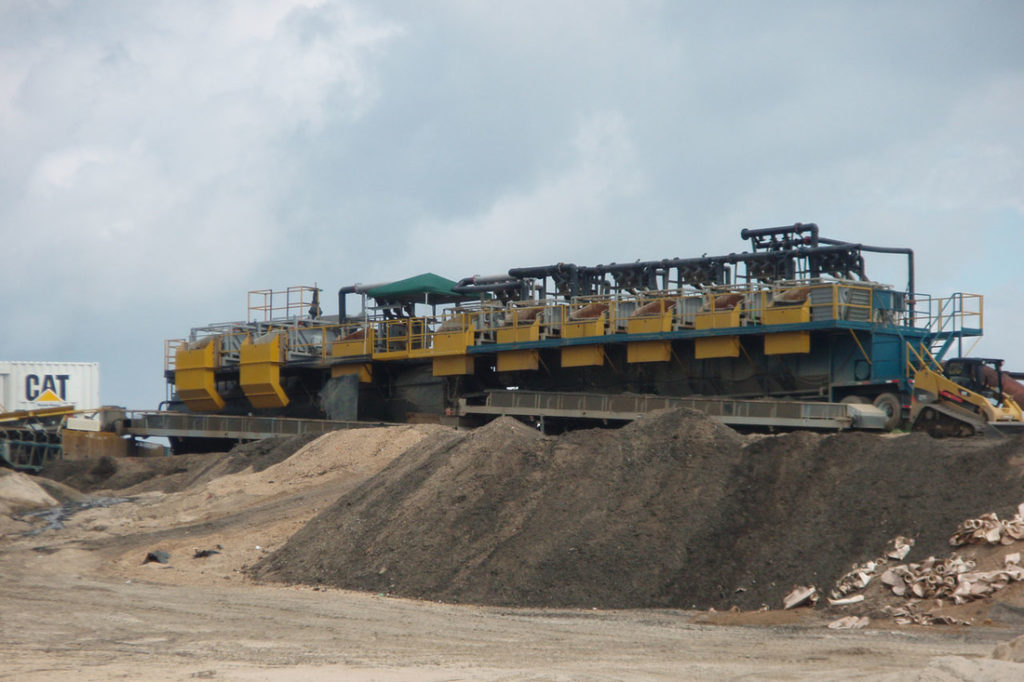Disclaimer: At Dredge America, Inc., we go the extra mile to ensure that your personal information is kept secure and safe. We will not disclose, release or share this information with outside companies or third-parties. We’d like your permission to keep in touch and update you about relevant news, offers, and opportunities.
Dewatering Services
WHAT HAPPENS TO HYDRAULICALLY DREDGED SEDIMENT?
Hydraulic dredging uses the energy of pumping water at a high velocity through a pipeline to carry sediment away from the lake bottom to a distant location. Because moving water is utilized as the mode of transportation for the sediment, the water and sediment must be separated once the sediment has reached its final destination.
SETTLING BASIN
The least expensive way to separate the sediment from the water is to construct a temporary settling basin. Since the slurry velocity greatly decreases once it is discharged into a settling basin, there is no longer energy to carry the solids. Therefore, the solids fall to the bottom and clear water flows over a weir to return to the lake or continue downstream. When the dredging is complete and ample time is given for this material to dry, the area can then be leveled and seeded. The material can also be loaded out and beneficially deposited at other various sites to fill in low areas, utilized for topsoil, and more.
GEOTEXTILE TUBES
Another creative dewatering method is the utilization of geotextile tubes. With this method, the slurry is pumped into large geosynthetic bags or tubes, which can be upwards of 8 feet tall and come in lengths up to 300 feet. Once the slurry mixture enters the geotube the sediment is captured and the clean water is filtered out through the geotextile membrane.
Very few companies in the United States have Dredge America’s level of experience at project design and installation involving geo-textile tubes. Based on the project design criteria, geo-textile tubes can be used for two purposes:
Creation of Beneficial Structures – Geo-textile Tubes are filled with slurry and used to build structures such as breakwaters, shoreline protection or island creation.
Efficient Dewatering – Dredged material is pumped directly into the tubes, where the material is dewatered and hauled away or used for fill, topsoil, landfill cover, and more. This solution is an excellent option for projects with limited settling areas, which is often the case on golf courses and small community lakes.
MECHANICAL DEWATERING
A third dewatering method is with mechanical dewatering equipment. This option often allows the most rapid dewatering process, but is usually the most expensive. Utilizing mechanical dewatering equipment allows for the material to be dewatered and hauled off as it is being dredged. For some upscale communities, this convenience is often worth the additional costs. For many municipal and industrial applications, due to limited real-estate, there is no other option.
Typical mechanical dewatering equipment consists of belt presses, filter presses, hydro cyclones, shaker/vibratory screens, or a combination of all these products. Dredge America owns and operates multiple mechanical dewatering plants that are capable of dewatering slurry volumes up to 10,000+ gpm. These types of systems are ideal for ash ponds, material processing plants, tailings ponds, and more.
Unfortunately, there is not a catch all dewatering method when it comes to dredging projects. The best method for dewatering depends on project specific factors, such as area available, type of material, distance of site from body of water, does the material have to be hauled offsite, is it contaminated, and more. Feel free to contact one of Dredge America’s experts to determine the best dewatering method for your dredging project.



